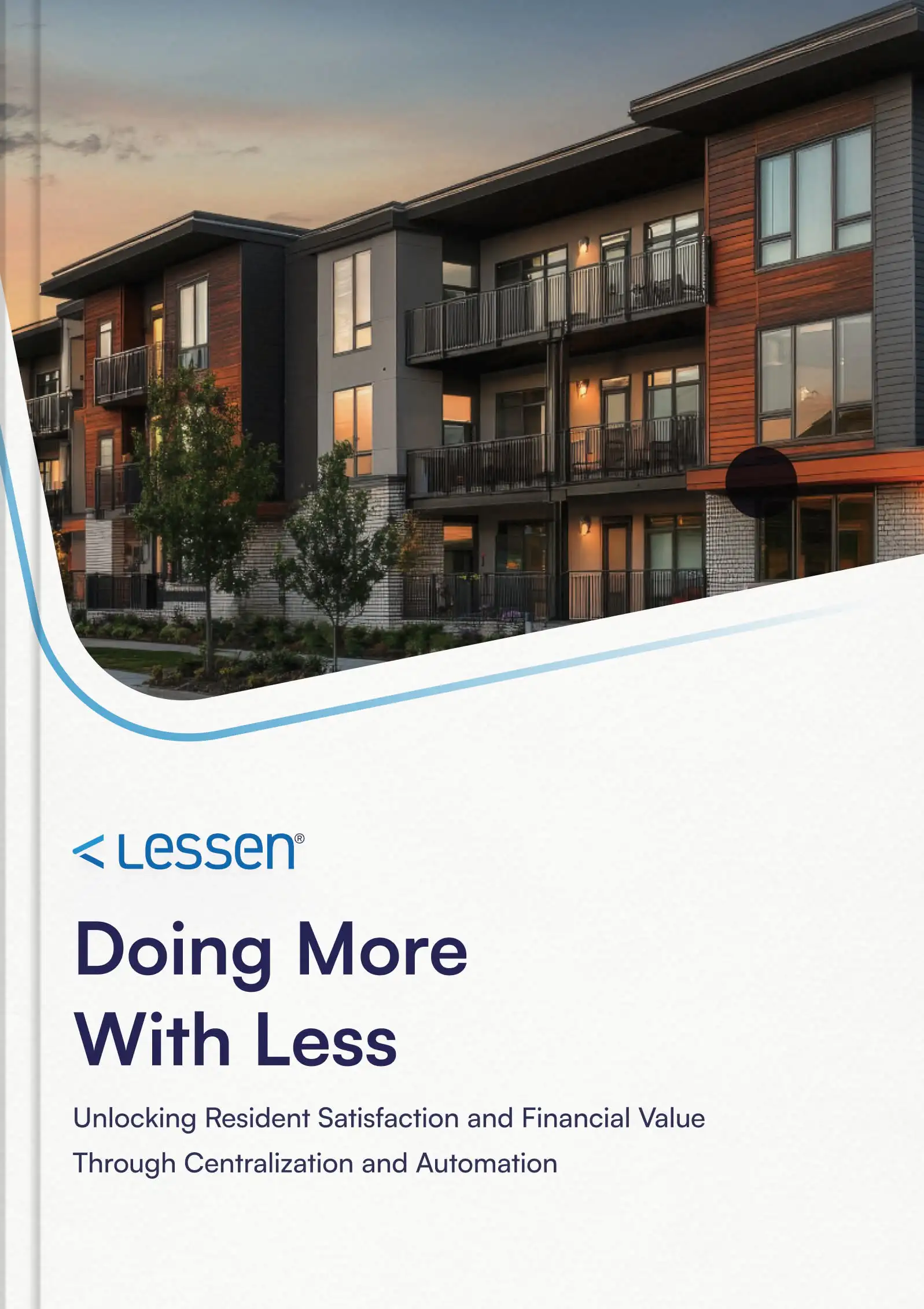3 common ways you might be overpaying for electricity


In all likelihood, you’re paying a heavy price for wasted energy at your locations.
But it’s not just you. In a study of commercial buildings across the country, it was discovered that as much as 30 percent of all energy produced in the United States is wasted through building inefficiencies.
According to the U.S. Department of Energy, that amounts to over $300 billion of wasted energy every year—a figure that towers over the cost of waste in other sectors of our economy.
Energy costs amount to anywhere from 30 to 50 percent of your facilities program’s total cost of ownership, making it that much more important to save wherever you can.
You might be running assets at the wrong times
This is one of the most commonly overlooked sources of energy waste at commercial buildings.
Quite simply, many business owners and building operators neglect to set proper timetables for when assets should be running at their locations. A few common culprits include:
- Indoor building lights during off-hours
- Parking lot lights during peak daylight hours
- HVAC units long after daily business hours
Take an inventory of these and other major groups of assets you rely on. How long are they running? Are those run times working for or against you? Can you adjust operating hours to better serve your budget?
As an example: By adopting an HVAC runtime schedule and a series of temperature set points, you can limit the window of peak energy use at your business locations.
Your assets may be running inefficiently
Along with the basic problem of overuse, heightened energy costs can also arise from inefficient asset operations.
Consider that your HVAC units are exposed to the elements, often run for very long hours, and can be placed under sudden stress from increased demand or rapid weather changes.
Without a smart preventative maintenance program, your units will perform less efficiently, which not only adds to their operating load but requires even more electricity to keep them going.
Anything from dirty filters to bad motors to low refrigerant can cause problems. And if left unchecked for too long, these problems can easily multiply, leaving you with expensive repairs and bills for wasted energy.
Your building envelope could be a cause of energy waste
Your building envelope is anything about your physical locations that separates and protects the inside from the outside—insulation from unwanted air, light, sound, the weather, and so on.
No building envelope is a perfect shield from the elements.
In fact, they’re not designed to be. For example: Your building’s windows let in light, and therefore heat, which has a direct impact on your energy usage. The same is true for doors and entryways.
But according to the Commercial Building and Energy Consumption Survey, as much as 70 percent of a building’s energy use comes from HVAC units and climate control systems.
You can significantly reduce energy waste and leakage by closing unwanted gaps in your building’s envelope.
- Close air leaks by properly sealing gaps around doors, windows, and main entryways.
- Limit excess sun exposure and heat leaks by adding window coverings and tinted glaze.
- Install insulation to walls in rooms that show wide daily contrasts in temperature readings.
These are just a few broadly-applicable options. Each individual building location could have vastly different needs. Consider performing an expert site survey to determine your specific needs.
Closing gaps in your building’s envelope means committing to a lot of small, detail-oriented actions. But over time, you’ll notice significant energy savings, freeing up resources for other immediate needs.
Energy leakage in buildings costs American businesses hundreds of billions of dollars every year. But by working with a trusted facilities management partner, you’ll be equipped to discover new, data-driven ways to refine location performance and generate substantial savings. Get in touch to learn more: weknowFM@smsassist.com.

- This is my list